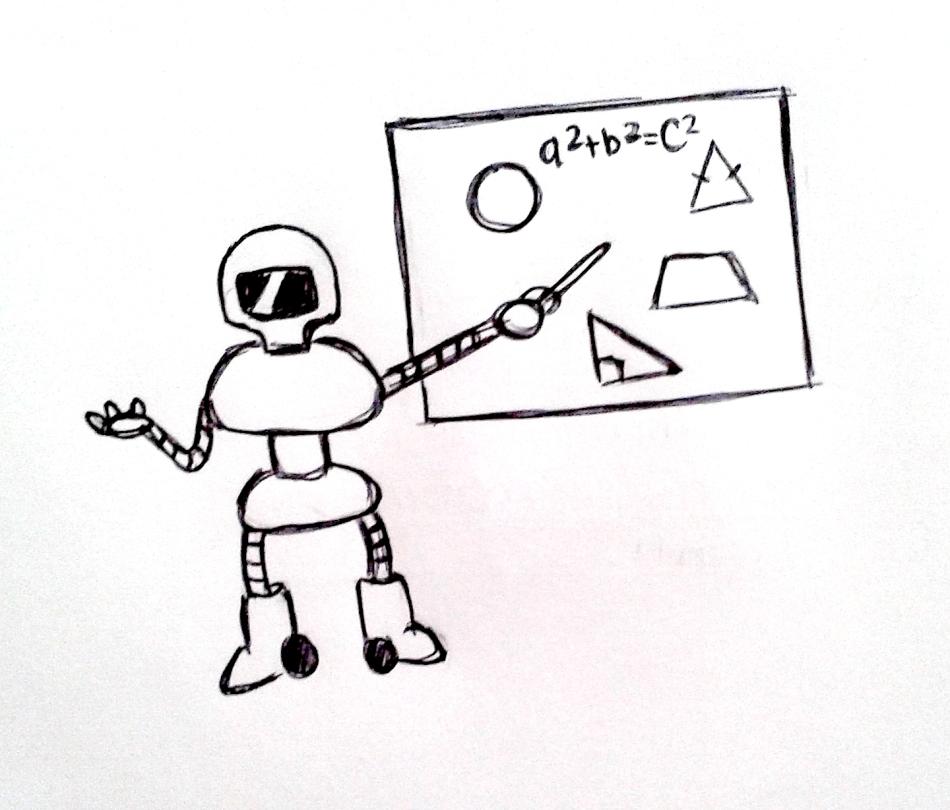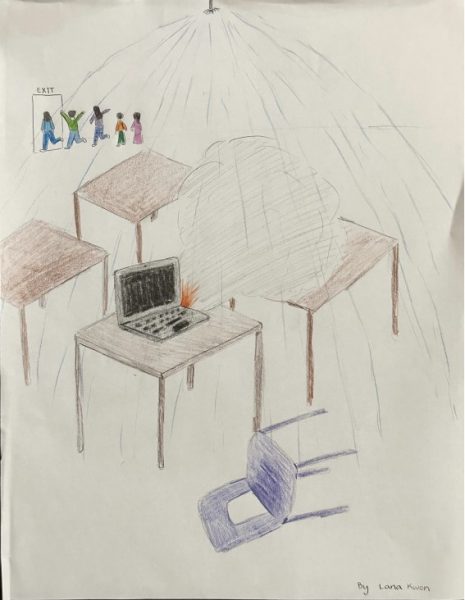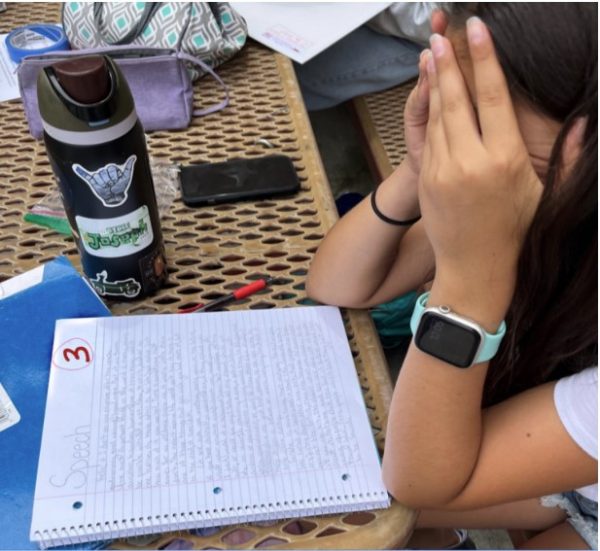Robots taking over the classroom
Technological advancements are affecting the way teachers teach every day. These new advancements have made our traditional approach to education less effective.
Technology has brought us computers, phones and the Internet. These tools have greatly changed the way we communicate with each other, conduct research and learn. According to a survey done by the Institute of Educational Science in 2009, 97% of teachers have computer access in their classrooms every day. When students have questions, instead of asking the teacher, they can quickly search up the answer on their phones and computers.
“What the student needs to do is think,” math teacher John Farley said. “That sort of a struggle for teachers nowadays is to encourage our students to think before they immediately jump to technology to find all their answers.”
Technology has also brought us a new source of distraction that has never existed before.
“Unmonitored use of technology can be harmful to students because at this age, students don’t have the mental capacity to moderate themselves,” psychology teacher James Leckey said.
With video games, entertainment and social media, it has become harder than ever for students to focus on school.
Instead of prohibiting technology and protecting the traditional school environment, many teachers use online tools like Canvas, Edmodo and Parent Portal to maintain communication with students.
“I think [technology] has improved our ability to communicate,” Leckey said, “but it has also allowed us to not have to remember anything. Students don’t memorize anything anymore.”
According to a study done in 2002 by Monash University, only 62% of the students surveyed felt like technology benefits learning while the others felt like it was hindering them. This is a big problem because although integration of technology into education made teaching much easier, a large proportion of the students feel like it is not helping them.
“[Technology] has given us more knowledge and more immediate answers to problems, but that’s also a drawback, because it has encouraged students not to think about what they’re doing,” Farley said.
Overall, while technology provides students with a greater pool of knowledge and communication with teachers, the reliance on it is giving us less opportunity to think critically about our problems.
Your donation will support the student journalists of Woodbridge High School. Your contribution will allow us to purchase equipment and cover our annual website hosting costs.







